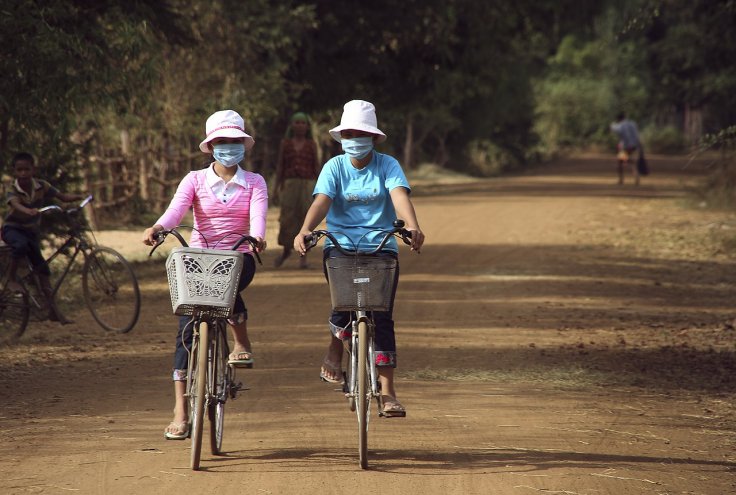Wuhan, the Chinese city where the coronavirus pandemic originated last December, on Monday marked its fifth consecutive day of no new confirmed or suspected cases, a health official said.
Arduous efforts have been made since Wuhan was locked down two months ago, Xinhua news agency quoted Mi Feng, an official with the National Health Commission (NHC), as saying here. The official added that the number of existing infected cases kept decreasing not only in the epicenter but across Hubei province of which Wuhan is the capital.

Zero cases don't mean zero risk
However, zero cases do not mean there was no risk, Mi said. There were still potential risks of spreading and even cluster outbreaks, Mi noted, adding that there was still hard work ahead in epidemic prevention and control.
As of Monday, China reported 81,454 confirmed cases with 3,158 deaths. The worst-hit country outside mainland China is Italy with 5,476 fatalities and a total of 59,138 infections.
If no new case is reported for a gap of 14 consecutive days after the last, the lockdown could gradually be lifted, China Daily said, citing an epidemiologist. "We expect new cases will cease to appear in mid or late March," said Li Lanjuan, director of China's State Key Laboratory for Diagnosis and Treatment of Infectious Diseases.
Lockdown since Jan 23
Wuhan, locked down since January 23, remains Hubei's only city still designated "high-risk" and subject to strict travel bans. It eased quarantine rules slightly, allowing people to walk in their compounds, rather than staying confined to living quarters, state-run CCTV said last week. No new infections have been reported for 14 days in the rest of Hubei, where authorities said on Thursday they would allow entry on certain conditions to people from other provinces, a post on a government site showed.
China tentatively plans to hold late in April or early in May its annual gathering of parliament, two people involved in preparations told Reuters, after a delay, caused by the outbreak, from an initial date of early March.
Read more








